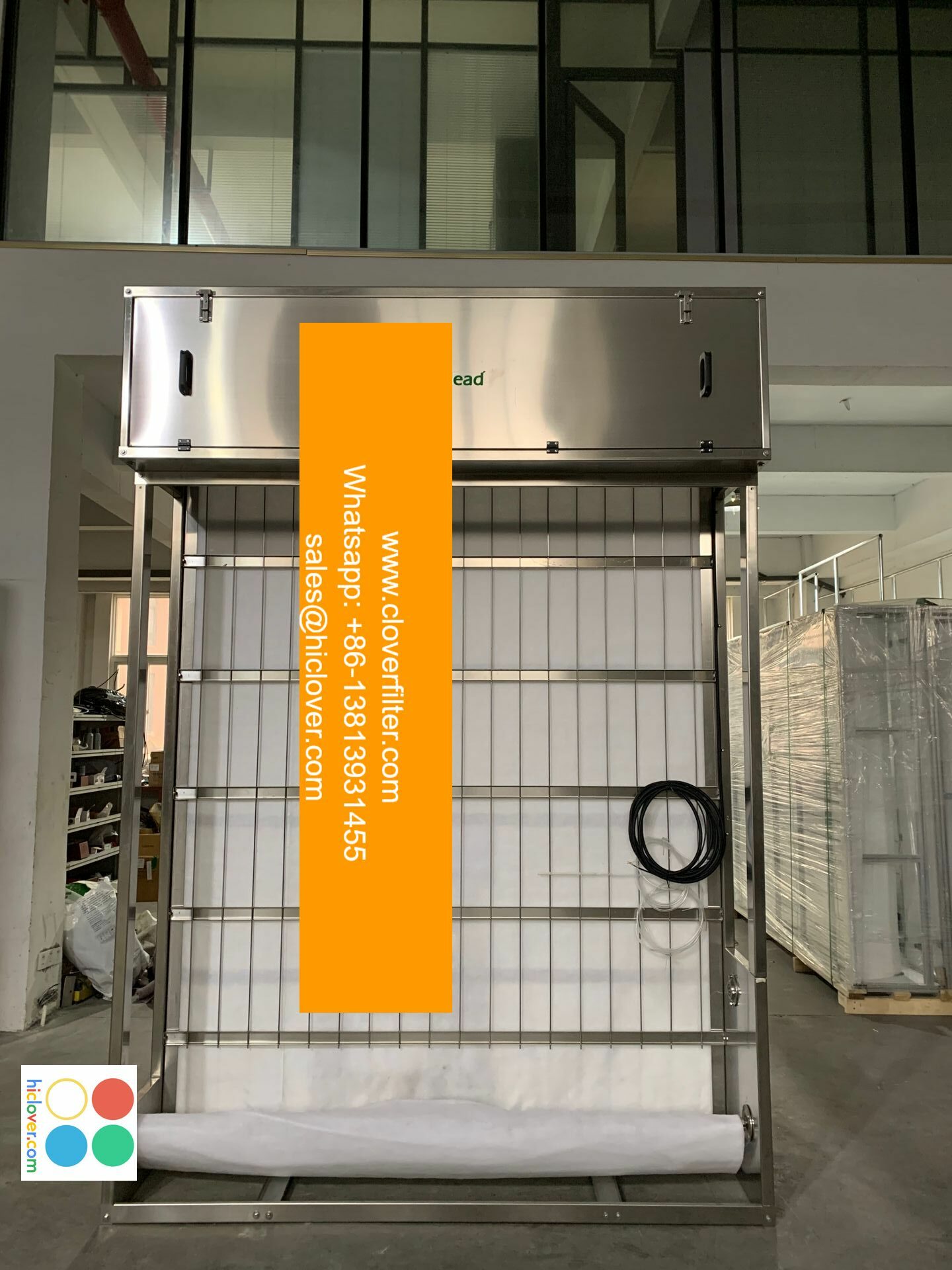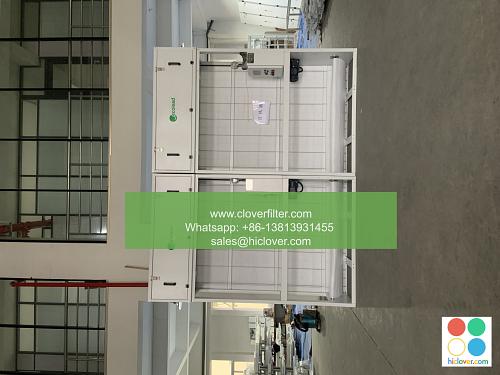Air Filter vs. Air Purifier

As the world becomes increasingly aware of the importance of indoor air quality (IAQ) and air pollution, two terms that are often used interchangeably but have distinct meanings are air filter and air purifier. While both devices are designed to improve the quality of the air we breathe, they serve different purposes and have different applications. In this article, we will delve into the differences between air filters and air purifiers, exploring their key benefits, application areas, and technological advancements.
##
What is an Air Filter?
An air filter is a device designed to remove particulate matter (PM) such as dust, pollen, and other impurities from the air. Air filters are commonly used in heating, ventilation, and air conditioning (HVAC) systems to improve the efficiency and performance of the system while also protecting the equipment from damage. They are also used in residential and commercial settings to reduce the amount of airborne particles that can exacerbate respiratory issues such as asthma.
##
What is an Air Purifier?
An air purifier, on the other hand, is a device that uses advanced technologies such as ionization, UV light, and activated carbon to remove a wide range of indoor air pollutants including volatile organic compounds (VOCs), gases, and microorganisms. Air purifiers are designed to provide a deeper level of cleaning and are often used in high-risk areas such as hospitals, labs, and industrial facilities where airborne contaminants can have serious health and safety implications.
##
Key Differences and Application Areas
The key differences between air filters and air purifiers lie in their design, functionality, and application areas. Air filters are primarily used to remove particulate matter and are commonly used in residential and commercial HVAC systems. Air purifiers, on the other hand, are designed to remove a broader range of pollutants and are often used in high-risk areas where air quality is a critical concern.
Some of the key application areas for air filters include:
* Residential and commercial HVAC systems
* Industrial facilities
* ACC systems
Some of the key application areas for air purifiers include:
* Hospitals and healthcare facilities
* Laboratories and research facilities
* Industrial facilities with high levels of airborne contaminants
##
Technological Advancements and Future Directions
The air filtration and purification industry is constantly evolving, with new technologies and innovations emerging all the time. Some of the latest advancements include the development of nanofiber filters, UV-C light technology, and smart sensors that can detect and respond to changes in indoor air quality.
As the world becomes increasingly aware of the importance of indoor air quality, the demand for effective and efficient air filtration and purification solutions is likely to continue to grow. By understanding the differences between air filters and air purifiers, individuals and organizations can make informed decisions about the best solutions for their specific needs and applications.
In conclusion, while both air filters and air purifiers are designed to improve indoor air quality, they serve different purposes and have different applications. By understanding the key benefits, application areas, and technological advancements of each, individuals and organizations can make informed decisions about the best solutions for their specific needs and take a crucial step towards creating a healthier and more sustainable indoor environment. You’ve provided a prompt, but it’s empty. Can you please provide more context or information about what you’d like to discuss or ask? I’ll do my best to provide a helpful and direct response. What’s on your mind?

